Are you in need of a tent?
Below you will find an informed guide on how to select the best tent for your next adventure.
North Face Wawona 6P
CORE 4 person tent
Coleman 10 Person Weatherproof tent
Night Cat Backpacking Tent
Geertop Portable 2 person 4 season tent

When planning an outdoor adventure, consider the terrain and climate of your chosen destination alongside the season. Mountainous expeditions, desert camping, and coastal getaways present unique challenges that influence tent selection. There are so many things to consider when buying a tent, high-altitude destinations require tents with enhanced stability to combat strong winds, whereas coastal areas necessitate corrosion-resistant materials to withstand salty air, I could go on, and we will with this guide.
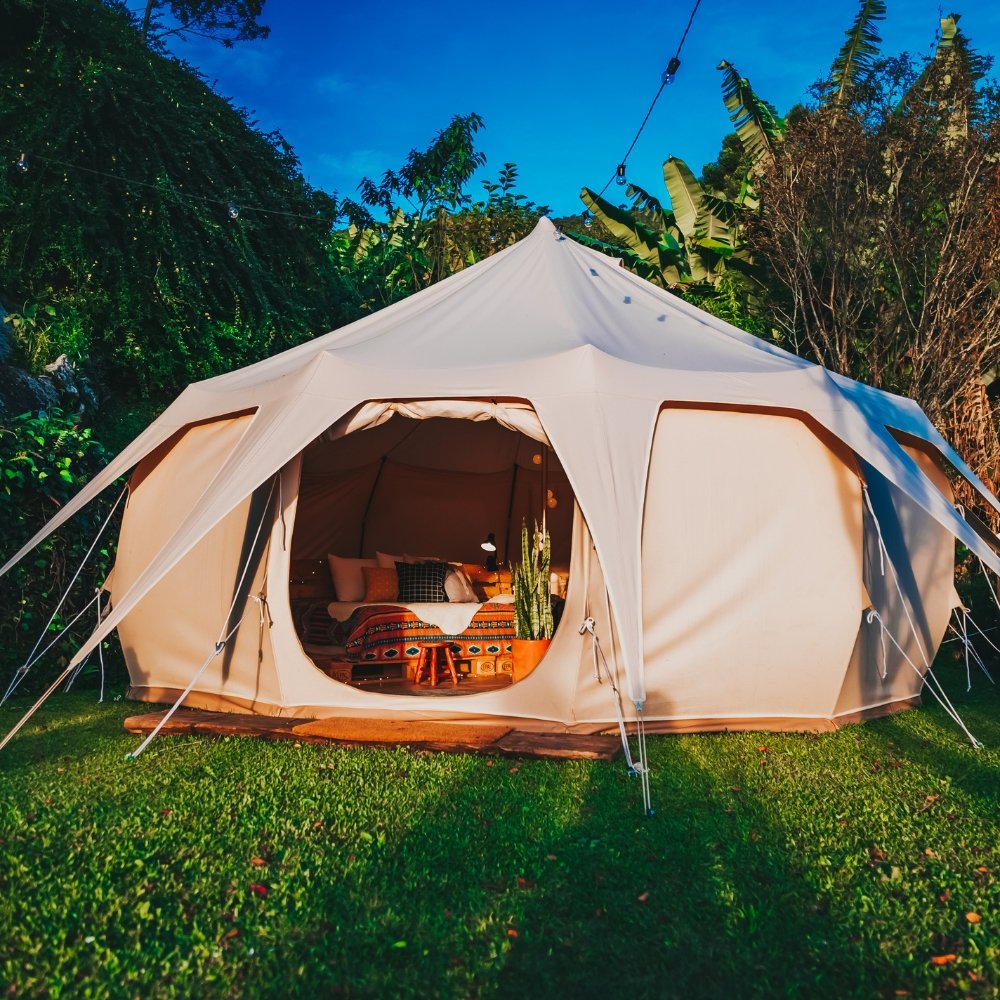
Navigating the labyrinth of tent sizes can feel a bit like planning a family reunion in a broom closet if you're not careful. Size matters—not just in the grandeur of the mountains or the expanse of the night sky, but in the cubic footage of your nylon abode. Mark Twain once quipped, “It's not the size of the dog in the fight, it's the size of the fight in the dog.” Similarly, when it comes to tents, it's not just the size, but how you use it. Choose too small, and you're playing a game of human Tetris. Go too large, and you might be mistaken for setting up a circus tent for a solo act.
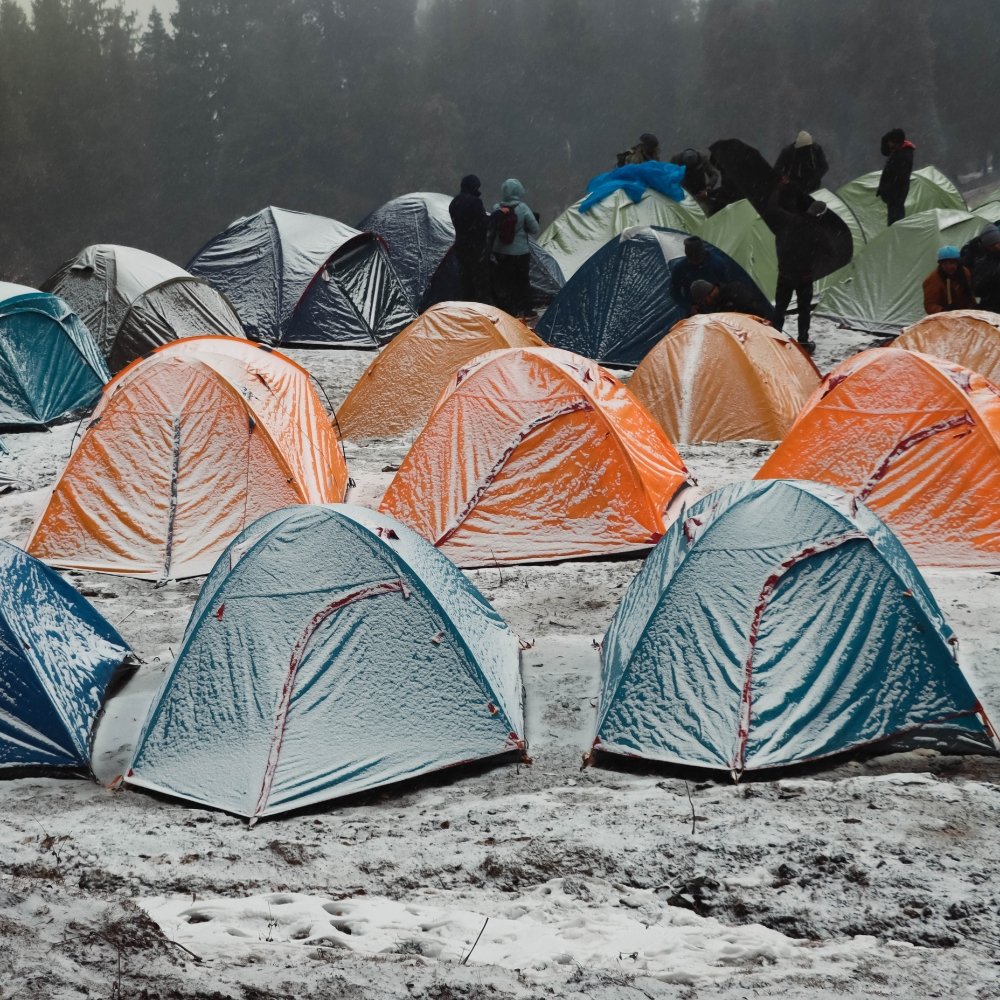
Before venturing into the great outdoors, the capricious nature of weather demands your attention when considering what tent to buy. Only the crazy among us wear flip-flops to a snowball fight, we know thats not you. The essence of having an ideal outdoors experience lies not only in the beauty of your surroundings but also in your preparedness to comfortably weather those surroundings. Here are a few key things to consider.
Look for a tent that is rated for three or four seasons. A three-season tent is designed for spring, summer, and fall, capable of handling rain and light snow. Four-season tents, on the other hand, are built to endure harsh winter conditions, including heavy snow and strong winds, making them suitable for year-round adventures.
The fabric of your tent affects its durability, weight, and weather resistance. For all-weather conditions, seek out tents made with high-quality materials. Polyester and nylon are common for their balance of waterproofing and durability. Additionally, check the denier rating of the fabric—the higher the number, the more durable the material. For poles, aluminum offers a good mix of strength and lightness.
Ensure the tent has a high waterproof rating, indicated by a higher hydrostatic head measurement (measured in millimeters). This rating determines how much water pressure the fabric can withstand before leaking. Equally important is ventilation; look for tents with ample mesh panels that can be covered or uncovered depending on the weather, to prevent condensation inside the tent.
While you're mapping out your next outdoor adventure, consider the weight of your tent, especially if your journey involves backpacking or hiking through scenic trails. Opting for an ultralight tent can make those extended treks less burdensome, allowing you to explore further without feeling weighed down by your gear. It's a bit like packing light for a day out—you want to keep things manageable but still have what you need. Ultralight tents are fantastic for their minimal weight, but keep in mind they might not be as resilient in rough weather compared to their sturdier, heavier counterparts. If your camping plans don't involve long hikes, or if you're camping close to your car, you can afford a little extra tent indulgence. Choose one that offers plenty of space to move around and enjoy. Ultimately, picking the right tent is about aligning it with the kind of adventure you're embarking on—be it climbing mountains, wandering through forests, or simply relaxing by a lake.
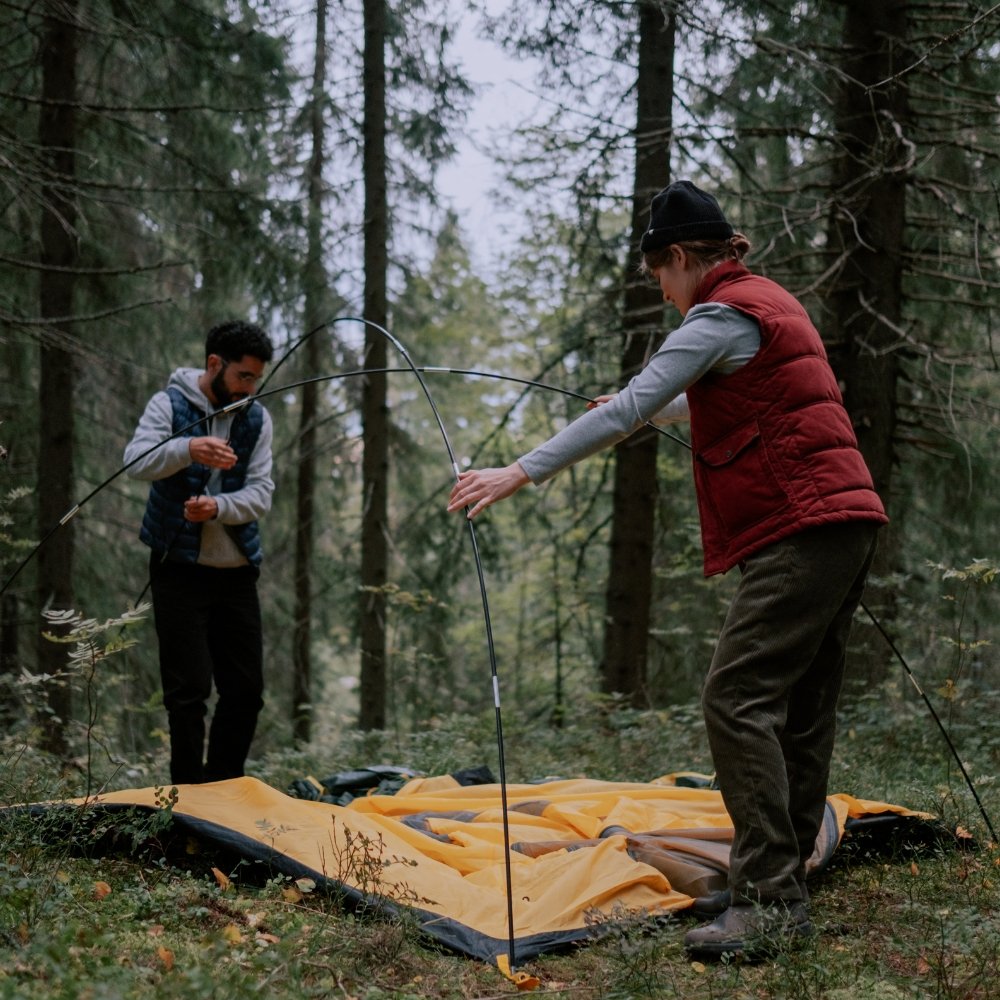
There's something truly magical about arriving at your campsite, eager to embrace the great outdoors, and knowing you can set up your tent in no time. The importance of a simple tent setup cannot be overstated—it means less time fumbling with poles and instructions, and more time roasting marshmallows, hiking, or simply kicking back and enjoying the sunset. A tent that's quick and easy to pitch is a game-changer, especially after a long day of adventures when all you want is to relax. It’s like having a fast pass to comfort and relaxation, letting you transition smoothly from traveler to happy camper. When choosing your outdoor home away from home, remember that a simple setup can elevate your camping experience with immediate effect.

Here are a few things to consider when checking the durability of your next tent.
Fabric Quality: High-denier fabrics, typically made from nylon or polyester, offer greater strength and resistance to wear and tear. The higher the denier count, the more durable the fabric.
Seam Construction: Tents with double-stitched or taped seams enhance water resistance and structural integrity, preventing leaks and tears at points of stress.
Pole Material: Quality tents often use aluminum poles over fiberglass, as aluminum provides a superior balance of strength, flexibility, and lightweight, making it less likely to break under pressure.
UV Resistance: Tents treated for UV protection can better withstand prolonged exposure to sunlight without the material degrading, which preserves the fabric’s strength and color.
Waterproof Coating: Durable tents feature high-quality waterproof coatings, such as polyurethane (PU) or silicone, ensuring long-term protection from rain and moisture.
Floor Material: The tent floor should be made of thick, puncture-resistant material since it endures the most direct abuse from the ground. Look for a “bathtub” design, which wraps up the sides, reducing seam exposure to water.
Zippers: Heavy-duty, corrosion-resistant zippers are crucial for durability. They should operate smoothly without snagging, with protective flaps to reduce exposure to elements.
Ventilation Design: Good ventilation systems reduce condensation within the tent, preventing moisture buildup that can weaken the tent fabric over time.
Reinforced Stress Points: Areas that bear the brunt of wind and tension, such as corners and attachment points, should be reinforced with extra fabric or webbing.
Weather Rating: A tent’s ability to endure specific weather conditions (e.g., four-season tents for harsh winters) is directly tied to its overall durability and design features that address those conditions.

Opting for a bargain-bin tent might seem like a good idea for your wallet today, but it could lead to some soggy, uncomfortable nights tomorrow. While saving a few bucks upfront is always tempting, a cheap tent often skimps on the essentials—like robust weatherproofing, durable materials, and a comfy, breathable space. Think of it like buying a raincoat that's not quite waterproof; it just doesn't do the job when you need it most. But we understand that you can only afford, what you can afford. Below you'll find several budget focus tents on Amazon.
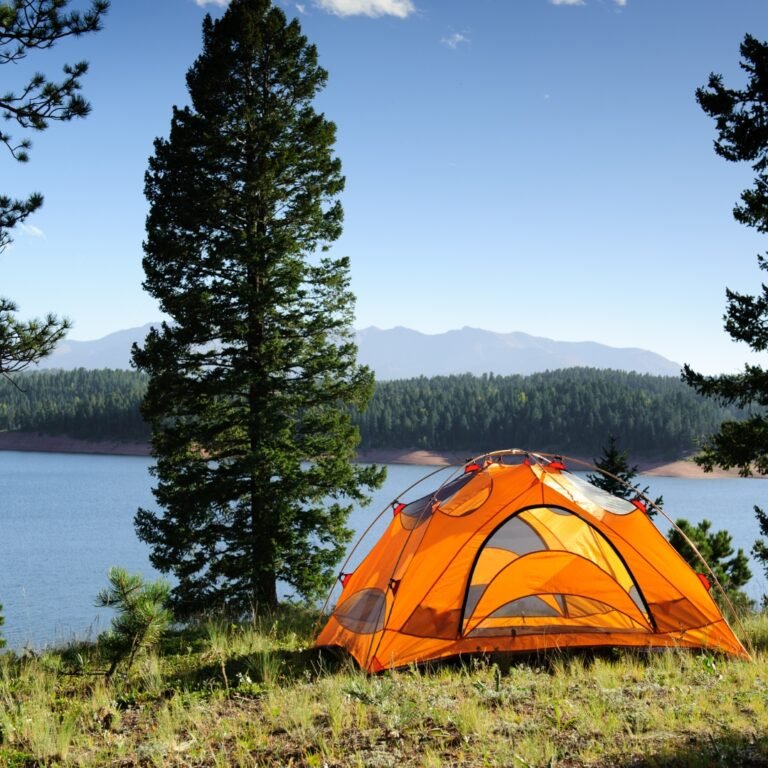
“When choosing a tent, materials plays a crucial role in determining its performance, durability, and suitability for your next outdoor adventure.”
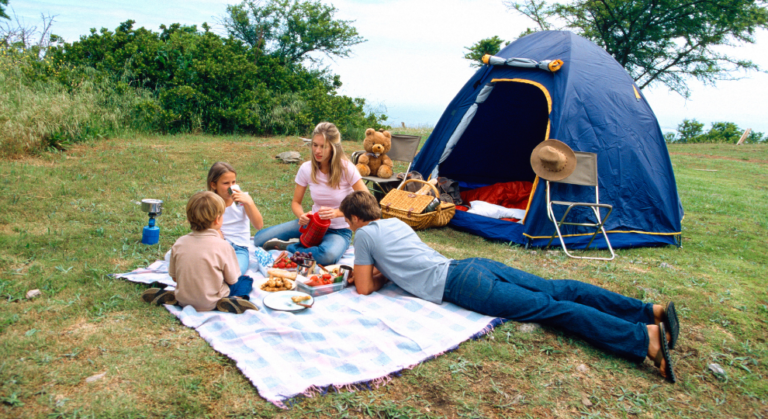
“Picture this: You, your wife and two kids are planning that dream family camping trip.”
Material on OutDoors Jack is copyrighted. Reproduction without permission is prohibited.
All trademarks property of their respective owners